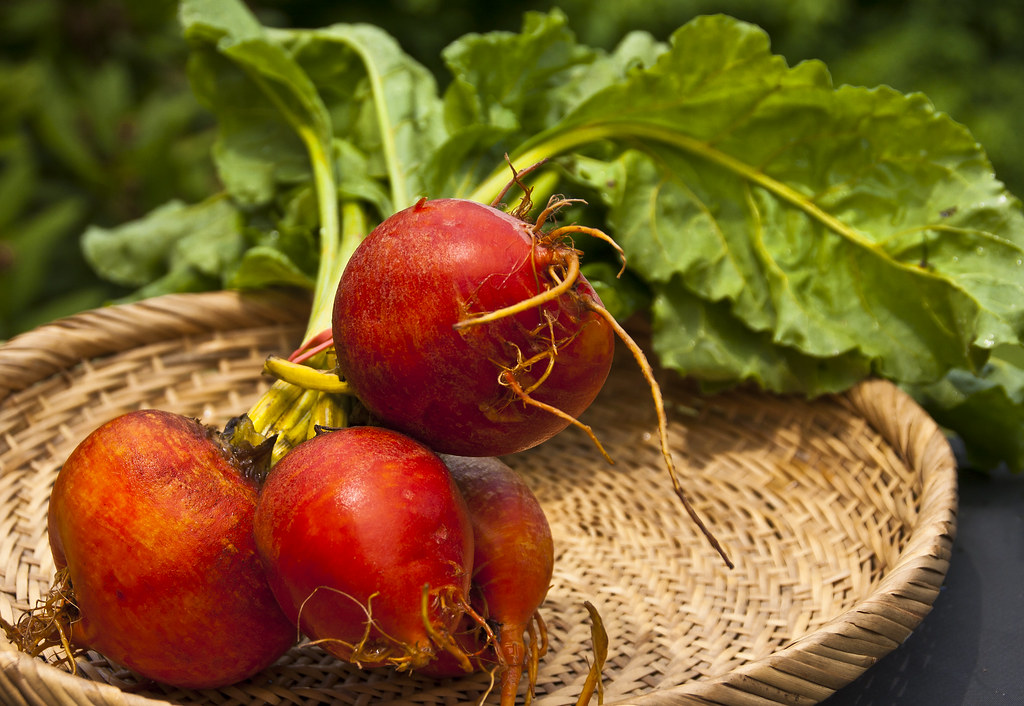Everyone knows the classic foods that define fall: pumpkins, apples, green beans, and turkeys, to name a few. Contrary to popular belief, however, these are not the only foods that are in season this time of year. Here are a few alternative foods and recipes you can incorporate into your weekly meal planning this fall. Since these ingredients are seasonal, you can find them at grocery stores with enhanced flavor and quality for a lower price than usual.
1. Mussels

While mussels grow throughout the year, they can only be harvested from the California coast between the beginning of November to the end of April. One pound is more than enough to feed one person, especially when used to whip up the Hot Tomato and Mussel Pasta featured at the bottom of this article. Mussels aren’t just limited to pasta, and can be used in a variety of cuisines, as this article shows. Make sure to prepare and store them properly!
Average In-Season Cost: $5-8/lb
2. Tomatillos

Tomatillos are a staple ingredient in a lot of Mexican food. They are tart and firm, notable for their paper-like husk. Tomatillos are often grouped with tomatoes, but differ in that they are more acidic and are drier on the inside, but have more seeds. Like most vegetables, they can be enjoyed raw or cooked. One of their most common uses is in Salsa Verde. They are harvested in farms along the central coast from July through November but can be harvested as early as May in different places around California.
Average In-Season Cost: $2-5/lb
3. Beets (and Swiss Chard)

Beets are a classic earthy vegetable, notable for their vibrant color. They’re packed with nutrients and are surprisingly versatile. This ingredient can be used in anything from this 5-Minute Citrus Beet Salad to these Beet Fries. Swiss chard is a beet’s dark leafy greens and is often used similarly to spinach or kale. It goes great in classic side salads, like this Swiss Chard Salad. Although not quite a seasonal fall food as they are available year-round, beets are still the best when planted in time to harvest in the fall (or spring) when soil temperatures are optimal.
Average In-Season Cost: $2-3/bunch
4. Cantaloupe
Cantaloupe is an underrated fruit that, when ripe, is extremely high in electrolytes and vitamins. It is very refreshing and a great counterpart to watermelon. Often viewed as a one-dimensional, bland fruit, cantaloupe can easily be elevated and prepared in several surprising ways, including grilling it! It is harvested from the beginning of summer through the end of October in California’s Central Valley but can still be found in grocery stores until the end of November.
Average In-Season Cost: $3-5 each
5. Fresh Chili Peppers
Fresh chili peppers are often overlooked in cooking, replaced by red pepper flakes or hot sauces. While the latter can be more convenient, fresh peppers provide much more flavor and depth than can be achieved with dried spices. This makes them a great addition to the Hot Tomato and Mussel Pasta at the bottom of this page! Chili peppers are harvested from August through November in the Central Coast of California but are harvested as early as May in other parts of California.
Average In-Season Cost: dependent on the species of pepper but averages $2-4/lb
BONUS: Tomatoes and Lobster

Tomatoes are most commonly associated with the summer. The season in the Central Valley concludes at the end of October, but they are harvested until January in different parts of California. This means that you can still find good-quality tomatoes in the fall!
Average In-Season Cost: $2-5/lb

California lobster! These differ from Maine lobsters in that they don’t have large claws. Due to this, California lobsters are rarely sold whole because only the tails will have a substantial amount of lobster meat. California lobster season runs from the beginning of October to the middle of March. Lobster market price will typically be lower during these months. This makes it the best time to splurge when eating out!
Average In-Season Cost: $25-45/lb
In short, pumpkins, apples, and brussels sprouts are not the only seasonal foods that can be enjoyed in the fall. In fact, the season provides many opportunities to try something new!
#SpoonTip: Looking to purchase the foods on this list? Check out these grocery stores in Berkeley: Berkeley Bowl, Ver Brugge Foods, Trader Joes, Safeway, and Whole Foods.
While mussels are commonly associated with complex and fancy dishes, they are surprisingly easy to prepare. In this dish, they are paired with two other fall seasonal foods—fresh chili peppers and tomatoes—to create a masterpiece of flavor in your mouth. Whether preparing this dish for a date, a girl’s night in, or even just for yourself, this Hot Tomato and Mussel Pasta is sure to impress.

The Hot Tomato and Mussel Pasta to Make for Your Next Hot Tinder Date
Ingredients
Instructions

PREP THE INGREDIENTS
1. Tomatoes: Wash and dry them, then cut into eighths. De-seed with a spoon and add to a large pot.
2. Garlic: Peel 3 cloves of garlic. Mince (finely chop) 2 of them. Crush the third clove by pushing on it with the flat side of your knife.
3. Chilis: Avoid making contact with your eyes! One way to do this is to wear gloves. Cut the pepper in half lengthwise and de-seed. Chop into slices widthwise. Taste a piece—depending on the spice level of the pepper and your own tolerance, you can adjust how much of the pepper you add to the recipe.
4. Shallot: Peel and chop the shallot into small, evenly sized pieces.
5. Mussels: Refer to this website for an in-depth cleaning method. Ensure that you wash them 1-2 times and remove the beards (small threads hanging out in a small bunch on one side of the mussel) by pulling them towards the hinge of the mussel until they detach.

MAKE THE SAUCE
6. Add 1 tablespoon of olive oil and salt and pepper to taste. Mix with a wooden spoon until evenly coated.
7. Cover and place over low heat. Simmer for 10-15 minutes, stirring every 2-3 minutes.
#SpoonTip: In this recipe, we aren’t looking to char or brown the tomatoes. If they begin to stick to the bottom of the pan or develop any charring, lower the heat and add 1/4 cup of water.
8. After about 10 minutes, they should get pretty jammy and smush when stirred. Continue to simmer for another 5 or so minutes before transferring to a separate bowl.
9. To the now-empty pot, add 2 tablespoons of olive oil and heat on medium-low. Add the minced garlic and chopped chilis. Cook for 30 seconds before adding the thyme. Continue to cook, stirring for another 15-30 seconds.
10. Add the tomatoes back into the pot. Cook for 5 minutes on medium heat; taste and add a teaspoon of sugar if needed. Sugar is used to balance the acidity of the tomatoes.

ASSEMBLE
11. Bring a pot of water to a boil. Once boiling, salt generously and add in the pasta. Cook until 1 minute before the package directions instruct, and then strain, saving some pasta water.
12. Add crushed garlic and shallots to a pan with butter. Saute until the shallots are soft and semi-transparent.
13. Add apple cider vinegar and 1/4 cup of water. Stir and then allow to come to a boil.
14. Add mussels and cover, shaking the pan about every minute.
15. At around 2 minutes, uncover and remove any mussels that have opened. Place them in a separate bowl. Repeat until all the mussels have opened.
16. Remove the crushed garlic. Then, pour the remaining juices and shallots into a bowl. This is the mussel stock.
17. Add tomato sauce into the empty pan along with 1/4 cup of mussel stock and 1/4 cup of saved pasta water. Heat on medium until it simmers, then add cooked pasta. Stir for 2-3 minutes.
18. Remove from heat and add mussels, stirring until they are well-dispersed throughout the pasta. Serve it up, and enjoy!
#SpoonTip: To make the pasta easier to eat, consider removing the mussels from their shells before adding them.
TO STORE: Do not store the mussels in their shells. The pasta with the de-shelled mussels can be stored in the refrigerator for up to 1 day after being made.



